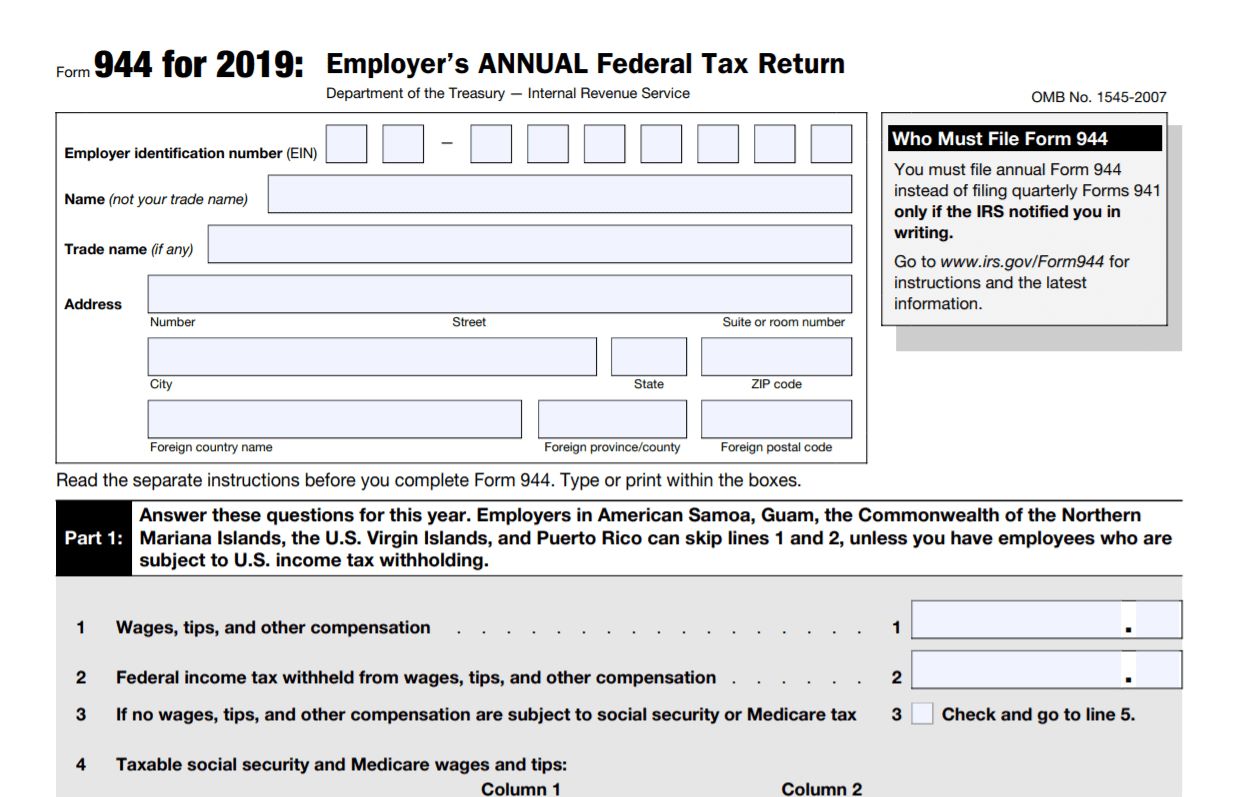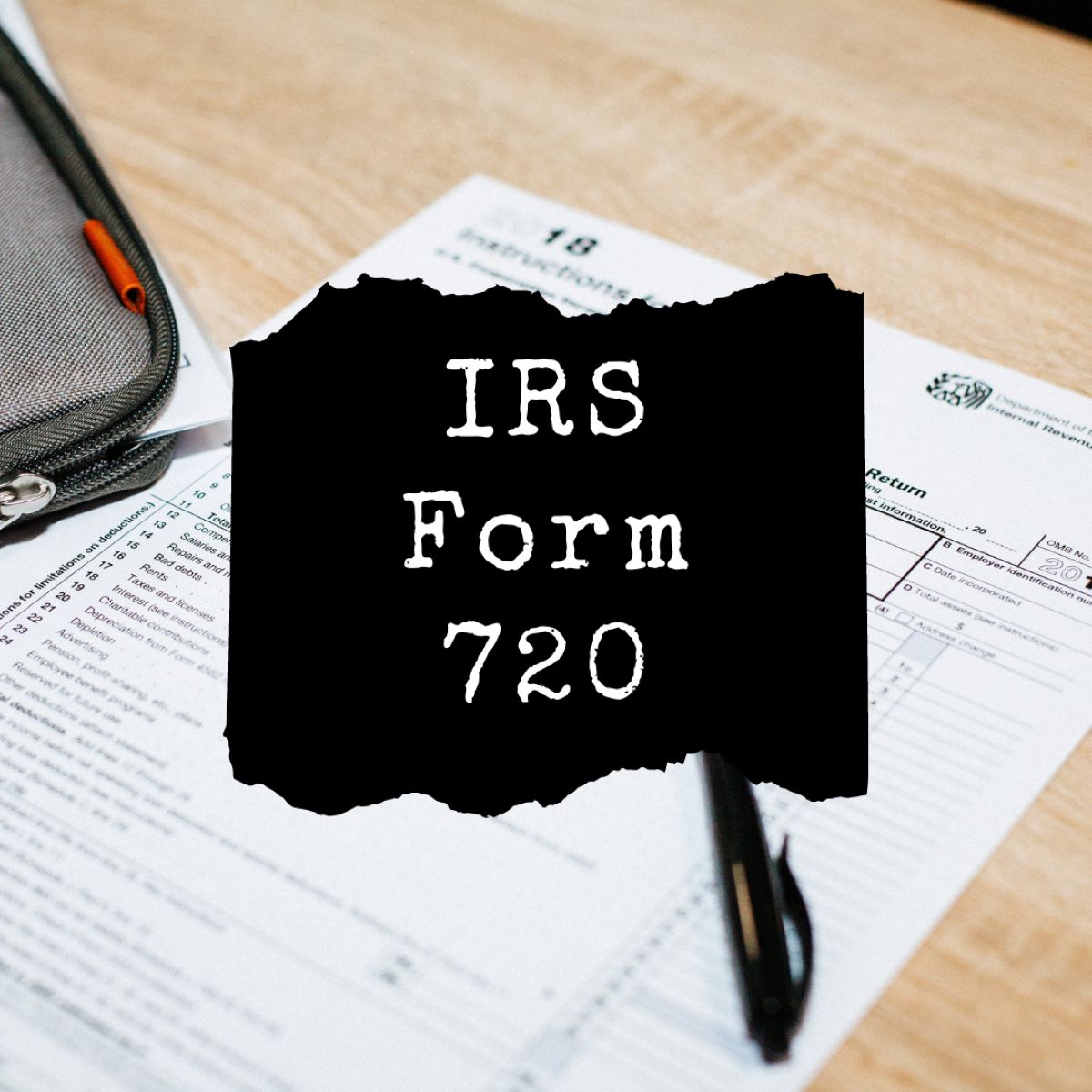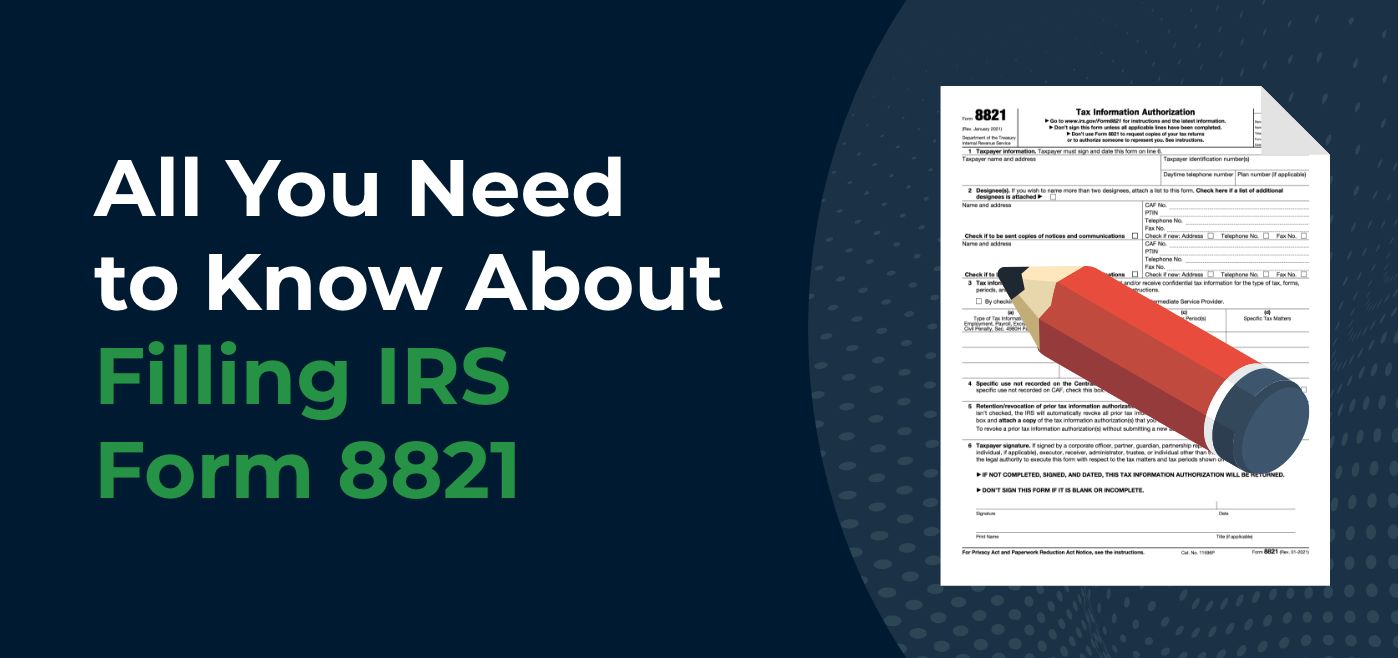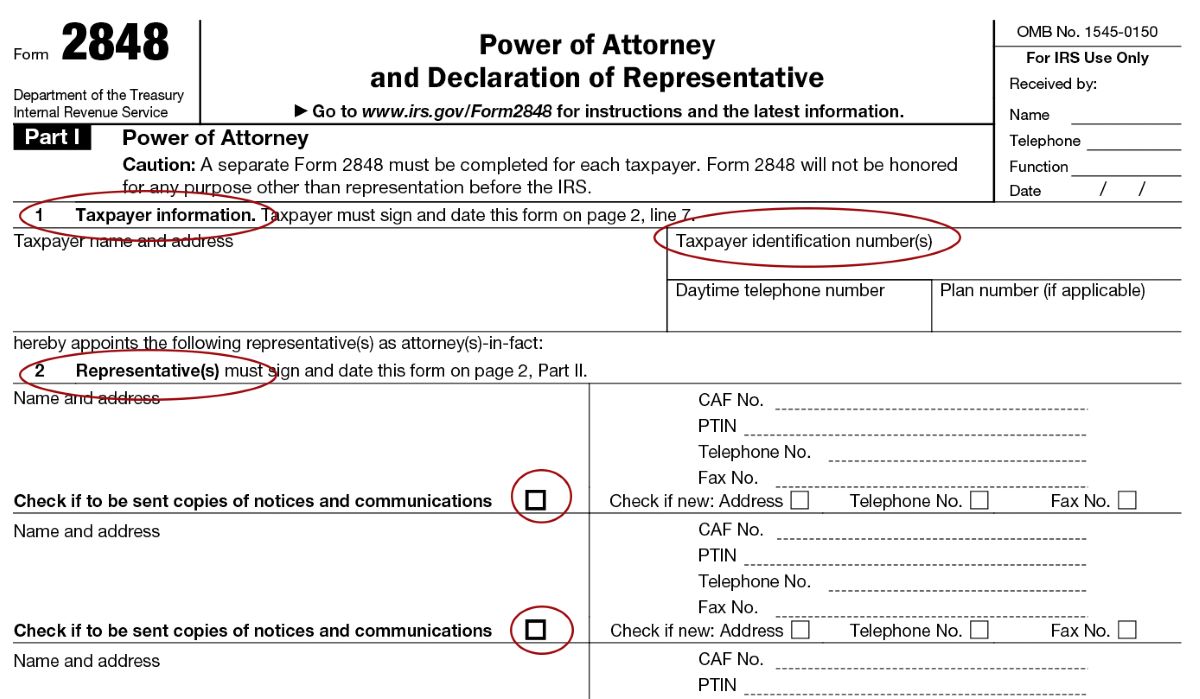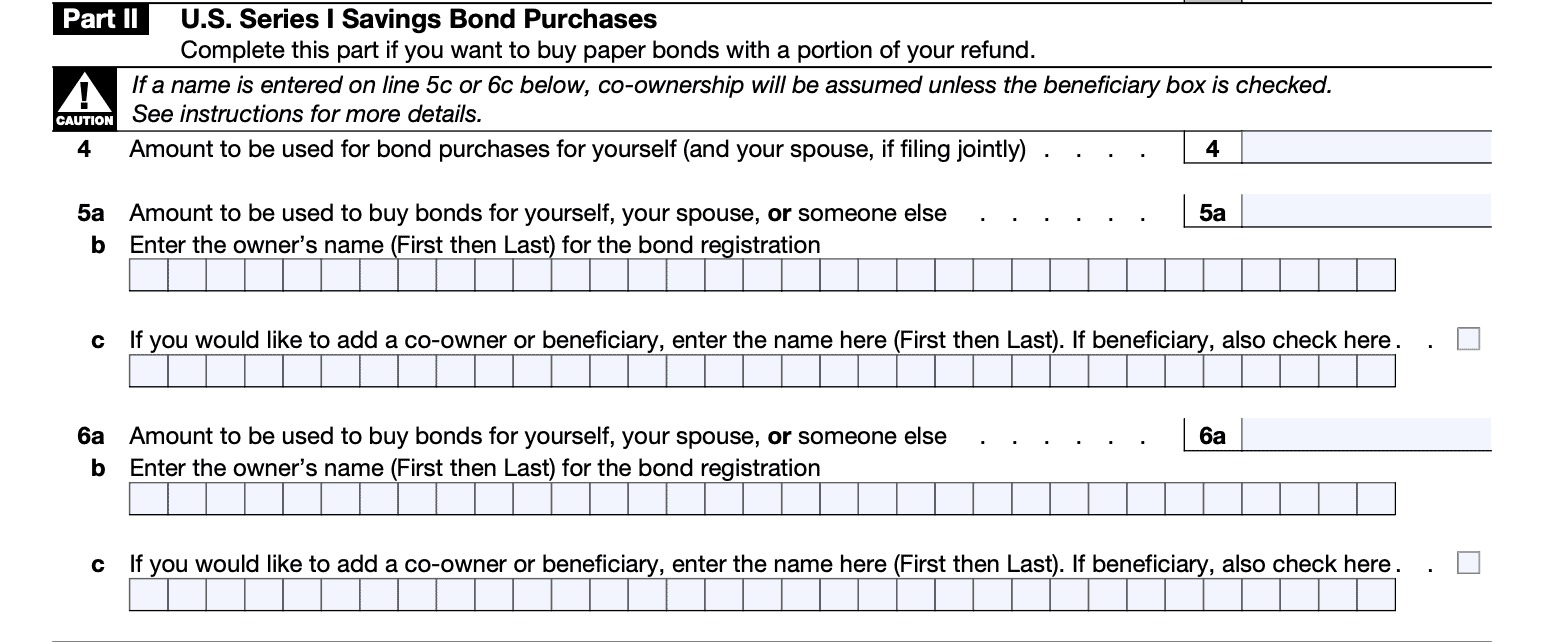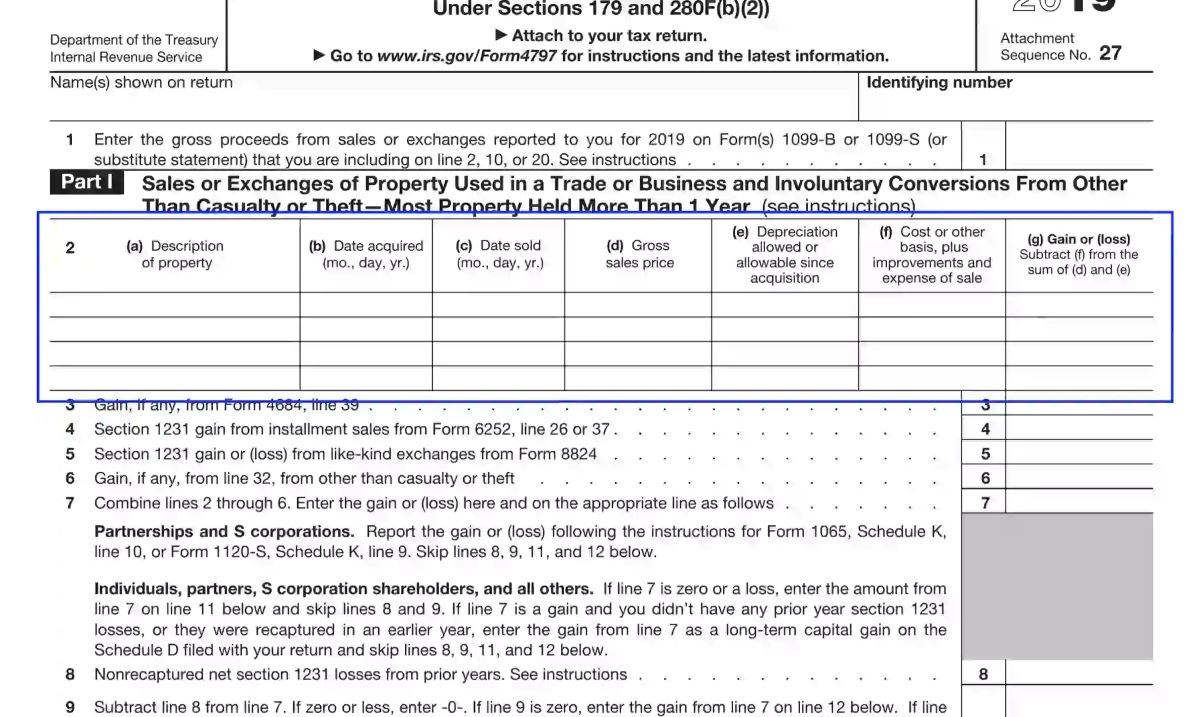

Finance
What Is IRS Form 5498-Sa Used For?
Published: November 1, 2023
Learn about the purpose and usage of IRS Form 5498-SA in finance. Discover how this form helps track contributions made to your HSA or MSA account.
(Many of the links in this article redirect to a specific reviewed product. Your purchase of these products through affiliate links helps to generate commission for LiveWell, at no extra cost. Learn more)
Table of Contents
Introduction
When it comes to managing your finances, it’s essential to stay informed about various forms and documents that can impact your financial well-being. One such form is IRS Form 5498-SA. This form is specifically designed to help individuals track and report contributions, distributions, and other important details related to Health Savings Accounts (HSAs).
HSAs are a type of tax-advantaged savings account that allows individuals to set aside funds for future medical expenses. Contributions made to an HSA are tax-deductible, and the earnings on these contributions grow tax-free. Additionally, withdrawals from an HSA are tax-free if used for qualified medical expenses. To ensure compliance with IRS regulations and to maintain accurate records, the IRS requires the use of Form 5498-SA for reporting.
In this article, we will delve into the purpose and importance of IRS Form 5498-SA. We will discuss how this form is used to report contributions to an HSA, as well as reporting distributions from an HSA. We will also explore the role of Form 5498-SA in tracking qualified medical expenses. Lastly, we will touch on filing deadlines, penalties for non-compliance, and the necessary documentation and record-keeping requirements associated with this form.
Whether you already have an HSA or are considering opening one, understanding IRS Form 5498-SA is crucial to ensure you meet your tax obligations and take full advantage of the benefits of an HSA. Let’s dive deeper into this essential form and gain a comprehensive understanding of its purpose and usage.
Understanding IRS Form 5498-SA
IRS Form 5498-SA is a document used to report information related to contributions, distributions, and the fair market value (FMV) of assets held in a Health Savings Account (HSA). The form is typically provided by the HSA trustee or custodian to the account holder and the IRS.
One key aspect of understanding Form 5498-SA is knowing the parties involved. The HSA trustee or custodian is responsible for issuing the form, while the account holder is the individual who contributes to the HSA and manages the account. The IRS receives a copy of the form to ensure compliance with tax regulations.
Form 5498-SA contains important information that helps individuals and the IRS track contributions made to an HSA, the FMV of the account, and any distributions taken during the tax year. This information is necessary for calculating taxes and ensuring that HSA funds are being used appropriately.
The form is divided into several sections, each serving a specific purpose. The first section provides details about the account holder, including their name, address, and Social Security number or taxpayer identification number. It also includes the name and address of the HSA trustee or custodian.
The second section of Form 5498-SA focuses on contributions made to the HSA. It includes the total amount contributed during the tax year, as well as any catch-up contributions made by individuals aged 55 or older. This section is crucial for determining the tax-deductible amount and ensuring that contributions remain within the allowable limits set by the IRS.
The third section of the form reports any distributions taken from the HSA during the tax year. It includes the amount distributed and indicates whether the distribution was a qualified medical expense or a non-qualified expense. It’s important to note that only distributions used for qualified medical expenses are tax-free.
The final section of Form 5498-SA reports the FMV of the HSA assets as of December 31st of the tax year. This information helps track the growth of the account and provides a record of the account’s value for tax purposes.
Overall, understanding IRS Form 5498-SA is essential for maintaining accurate records, ensuring tax compliance, and maximizing the benefits of an HSA. By providing detailed information about contributions, distributions, and the FMV of assets, this form allows individuals and the IRS to monitor the use and growth of HSA funds effectively.
Reporting Contributions to an HSA
IRS Form 5498-SA plays a critical role in reporting contributions made to a Health Savings Account (HSA). This section of the form provides important details regarding the amount contributed to the HSA during the tax year, as well as any catch-up contributions made by individuals aged 55 or older.
When filling out Form 5498-SA, the HSA trustee or custodian will report the total contributions made by the account holder. This includes both employer contributions, if applicable, and individual contributions. It’s essential for the account holder to review the form to ensure accuracy and verify that all contributions have been properly recorded.
Contributions made to an HSA have several tax advantages. They are typically tax-deductible, meaning they can reduce an individual’s taxable income for the year. Additionally, the earnings on HSA contributions grow tax-free, allowing individuals to potentially accumulate more funds for future medical expenses.
The maximum contribution limits for HSAs are set by the IRS and can change from year to year. It is important to stay up to date with these limits to ensure that contributions remain within the allowable range. Exceeding the contribution limits can result in tax penalties. For individuals aged 55 or older, catch-up contributions are allowed, providing an opportunity to make additional contributions beyond the regular limits.
When reporting contributions on Form 5498-SA, it is essential to distinguish between employer contributions and individual contributions. Employer contributions should be clearly identified to avoid confusion and ensure accurate reporting. Individuals should consult their HSA provider or check their account statements to determine the breakdown between employer and individual contributions.
It is worth noting that HSA contributions may be made through payroll deductions, where the employer deducts a specified amount from the employee’s paycheck and directs it to the HSA. Alternatively, individuals can make contributions on their own, separate from their employment. Regardless of the method used, all contributions need to be reported on Form 5498-SA.
By properly reporting contributions on Form 5498-SA, individuals can maintain accurate records, ensure compliance with IRS regulations, and maximize the tax benefits associated with HSAs. It is crucial to review the form carefully and verify that all contributions have been accurately reported before filing taxes.
Reporting Distributions from an HSA
When it comes to Health Savings Accounts (HSAs), withdrawals or distributions can be made to cover qualified medical expenses. Reporting these distributions accurately and comprehensively is the focus of this section of IRS Form 5498-SA.
Form 5498-SA provides a section dedicated to reporting distributions taken from an HSA during the tax year. It is crucial to accurately report the amount of the distribution, as well as specify whether it was used for a qualified medical expense or a non-qualified expense.
Qualified medical expenses include a wide range of healthcare-related costs, such as doctor’s visits, prescription medications, and medical procedures. These expenses are eligible for tax-free treatment when paid for using HSA funds. Non-qualified expenses, on the other hand, include expenses not directly related to medical care, such as cosmetic surgery or health club membership fees. Distributions used for non-qualified expenses are subject to taxation and may incur additional tax penalties.
When reporting distributions on Form 5498-SA, the HSA trustee or custodian will provide the necessary information, including the total amount distributed and the portion allocated to qualified medical expenses. The account holder should review the information to ensure accuracy and verify that all distributions have been properly recorded.
It is important to note that the onus is on the account holder to determine whether a medical expense is qualified or non-qualified when making a distribution from an HSA. Therefore, it is essential to keep detailed records and receipts to support the use of HSA funds for qualified medical expenses.
By accurately reporting distributions from an HSA on Form 5498-SA, individuals can ensure compliance with IRS regulations and establish a clear record of how HSA funds were used. This documentation is critical in case of an audit or in circumstances where proof of medical expenses is required.
It’s worth mentioning that Form 5498-SA is not the only form that may be required when reporting HSA distributions. Individuals may also have to complete Form 8889, which provides detailed information about HSA contributions and distributions and calculates the taxable portion, if any, of non-qualified distributions.
Properly reporting distributions from an HSA on Form 5498-SA allows for accurate tax calculations, ensures compliance with IRS requirements, and helps individuals make the most of their HSA funds while minimizing tax liabilities.
Tracking Qualified Medical Expenses
One of the key purposes of IRS Form 5498-SA is to assist individuals in tracking qualified medical expenses associated with their Health Savings Account (HSA). This section of the form is essential for individuals to maintain accurate records and ensure compliance with IRS regulations.
Tracking qualified medical expenses is crucial for several reasons. First and foremost, distributions from an HSA are only tax-free if they are used for qualified medical expenses. Therefore, accurately tracking these expenses ensures that individuals are maximizing the tax advantages of their HSA.
Qualified medical expenses include a wide range of healthcare-related costs, such as doctor’s visits, hospital stays, prescription medications, medical supplies, and even certain alternative therapies. It is important to note that the IRS provides a comprehensive list of eligible expenses in Publication 502, which individuals can refer to for guidance.
When it comes to tracking qualified medical expenses, it is crucial to keep detailed records and documentation. This includes receipts, invoices, medical bills, and statements from healthcare providers. These documents should clearly indicate the nature of the expense, the date it was incurred, and the amount paid.
One effective strategy for tracking qualified medical expenses is to maintain a dedicated folder or digital folder specifically for HSA-related documents. This allows for easy access and organization of the necessary information when it comes time to file taxes or provide documentation to the IRS.
It’s also important to note that individuals should not rely solely on Form 5498-SA to track qualified medical expenses. While the form provides a summary of the distributions made from the HSA, it does not provide an itemized breakdown of the expenses. Therefore, maintaining detailed records is crucial to validate the use of HSA funds for qualified medical expenses.
By diligently tracking qualified medical expenses, individuals can ensure accurate reporting on Form 5498-SA, maximize the tax advantages of their HSA, and provide the necessary documentation in the event of an IRS audit or verification of medical expenses. It is a prudent practice that should be followed consistently throughout the year to avoid any potential issues or discrepancies.
Filing Deadlines and Penalties
Knowing the filing deadlines and potential penalties related to IRS Form 5498-SA is crucial to ensure compliance with tax regulations. Failing to meet these deadlines or accurately report HSA-related information can result in financial penalties or other consequences.
The deadline for HSA trustees or custodians to provide individuals with Form 5498-SA is typically May 31st of each year. This gives individuals ample time to receive the form and include the information when filing their taxes. However, it’s important to note that the specific deadline may vary depending on the tax year and any extensions granted by the IRS.
For individuals, the deadline to file the tax return, including any required forms such as Form 5498-SA, is usually April 15th of each year. However, if April 15th falls on a weekend or a holiday, the deadline may be extended to the following business day.
Failure to meet the filing deadlines can result in penalties imposed by the IRS. These penalties may include late filing penalties, late payment penalties, and interest charges on any taxes owed. The exact penalties and interest rates can vary based on the specific circumstances and the amount of time past the deadline.
To avoid penalties, it is essential to file Form 5498-SA and other tax-related documents accurately and on time. Individuals should ensure they have received the form from their HSA trustee or custodian and review it carefully for accuracy. If there are any discrepancies or missing information, it is recommended to contact the HSA provider promptly to address the issue.
It is worth noting that the IRS places a strong emphasis on accurate reporting and compliance when it comes to HSA-related information. Therefore, it is crucial to retain any supporting documentation and records of contributions, distributions, and qualified medical expenses in the event of an IRS audit or request for verification.
In case of mistakes or omissions on Form 5498-SA, individuals should take corrective action as soon as possible. This may involve filing an amended tax return or contacting the IRS directly for guidance and assistance.
By understanding the filing deadlines and potential penalties associated with Form 5498-SA, individuals can meet their tax obligations, avoid unnecessary penalties, and ensure the accurate reporting of their HSA-related information.
Required Documentation and Record-keeping
When it comes to IRS Form 5498-SA and Health Savings Accounts (HSAs), maintaining accurate documentation and records is crucial. Proper record-keeping helps individuals comply with tax regulations, validate the use of HSA funds, and effectively manage their financial well-being. This section will highlight the required documentation and best practices for record-keeping.
First and foremost, it is essential to keep all forms and documents related to your HSA. This includes Form 5498-SA, which summarizes contributions, distributions, and the fair market value of your HSA. Additionally, individuals should retain documentation of any contributions made, such as pay stubs or statements from their employer. This helps establish the basis for tax deductions and ensures accurate reporting.
To substantiate the use of HSA funds for qualified medical expenses, individuals should keep detailed records of these expenses. This includes receipts, invoices, medical bills, and statements from healthcare providers. It’s important to note that these documents should clearly indicate the nature of the expense, the date it was incurred, and the amount paid.
It is recommended to maintain a dedicated folder or digital folder specifically for HSA-related documents. This allows for easy organization, accessibility, and retrieval of information when needed for tax purposes or IRS audits.
In addition to the mandatory documentation, individuals should also be proactive in keeping track of any changes to their HSA. This includes updates to personal information, changes in HSA trustees or custodians, or any significant transactions or account updates. Having these details readily available can help resolve any discrepancies and ensure accurate reporting.
Furthermore, it is essential to retain records of any reimbursements received from the HSA. These reimbursement records should include details such as the amount, date, and description of the reimbursement, along with supporting documentation for the qualified medical expense.
While the IRS generally requires individuals to retain tax-related records for at least three years, it is recommended to keep HSA-related documents for a longer period. This is especially important if there are any carryover funds or if HSA distributions occur over an extended period of time.
By maintaining required documentation and practicing thorough record-keeping, individuals can ensure accurate reporting, substantiate their use of HSA funds, and minimize the risk of penalties or issues with the IRS. It is a responsible financial practice that helps individuals maintain control over their HSA and achieve their long-term financial goals.
Conclusion
IRS Form 5498-SA is a critical document for individuals with Health Savings Accounts (HSAs) to track and report important information related to their contributions, distributions, and qualified medical expenses. Understanding this form and its requirements is essential for maximizing the benefits of an HSA while ensuring compliance with tax regulations.
By accurately reporting contributions on Form 5498-SA, individuals can take full advantage of the tax advantages of their HSA, including tax-deductible contributions and tax-free earnings on those contributions. It is crucial to stay within the contribution limits set by the IRS and to distinguish between employer and individual contributions when reporting.
Reporting distributions from an HSA on Form 5498-SA is equally important. Accurate reporting ensures compliance with IRS regulations regarding the use of HSA funds for qualified medical expenses, ultimately determining the tax consequences of those distributions. By distinguishing between qualified and non-qualified expenses, individuals can avoid unnecessary tax liabilities or penalties.
Form 5498-SA also serves as a tool for tracking qualified medical expenses. By keeping detailed records and documentation, individuals can substantiate the use of HSA funds for eligible medical expenses, supporting accurate reporting and providing documentation in case of an audit or verification process.
Understanding the filing deadlines and potential penalties associated with Form 5498-SA is crucial to avoid financial consequences. Timely filing of the form, along with other required tax documents, ensures compliance and minimizes the risk of penalties or interest charges.
Finally, maintaining required documentation and engaging in thorough record-keeping practices is essential for individuals with HSAs. By keeping track of contributions, distributions, and qualified medical expenses, individuals can successfully manage their HSA and effectively navigate their financial obligations.
In conclusion, IRS Form 5498-SA plays a crucial role in the management of Health Savings Accounts. By understanding and complying with the requirements of this form, individuals can optimize the benefits of an HSA, minimize tax liabilities, and stay on top of their financial well-being. It is important to stay informed about any changes to IRS regulations and to consult with a tax professional if needed. With proper knowledge and adherence to the guidelines, individuals can make the most of their HSAs and take control of their financial health.
